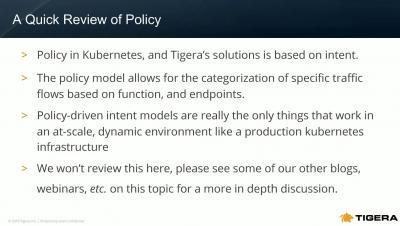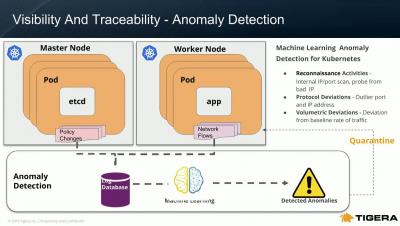Weekly Cyber Security News 29/03/2019
A selection of this week’s more interesting vulnerability disclosures and cyber security news. Some big news items this week, namely further details on the ransomware campaign claiming Norsk last week spreading to other targets. One bit of good news is that there appears to be a flaw in the code and a simple Windows Shortcut can stop it from working.











